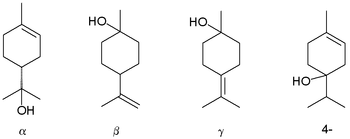High molecular weight hydrocarbons like decane are often available as fuels, for example, C14-C16 are available as some varieties of "lamp fuel"; -
slightly lower hydrocarbons are found in "stove fuels"; -- you have to look at a brand, then find the msds.
To make tetralin, one uses one mol of naphthalene to about 1/2 mol of sodium metal. The first ring reduces much faster than the second ring, unless
you use a catalyst like platinum. You will need about two mols of ethanol in the mixture. Add the naphthalene and bring to reflux. Add the sodium
metal slowly (and carefully, it's flammable as are the ethanol, hydrogen, and products) and don't add more sodium until the first portion has reacted.
Wash the result with water, this gets rid of the sodium hydroxide and ethanol, then fractionally distill. The boiling points are far enough apart
that the separation is fairly easy. |




 Perhaps next time I need to order chemicals from them I will ask if they have non-corrosive H2SO4, unreactive sodium
or non flammable CS2.
Perhaps next time I need to order chemicals from them I will ask if they have non-corrosive H2SO4, unreactive sodium
or non flammable CS2. (except the outside of the ingot but thats minute)
(except the outside of the ingot but thats minute)